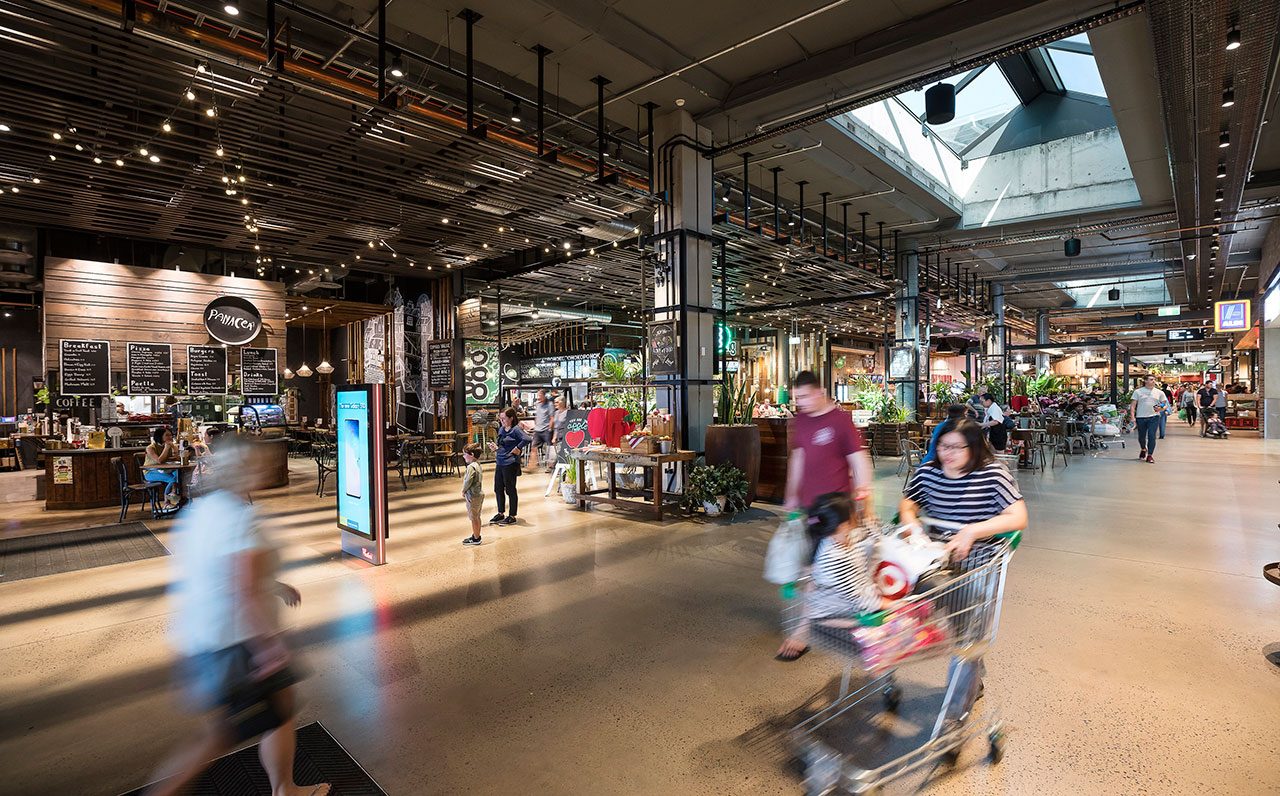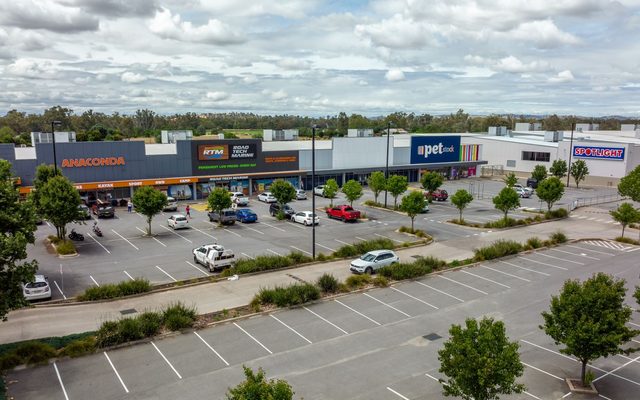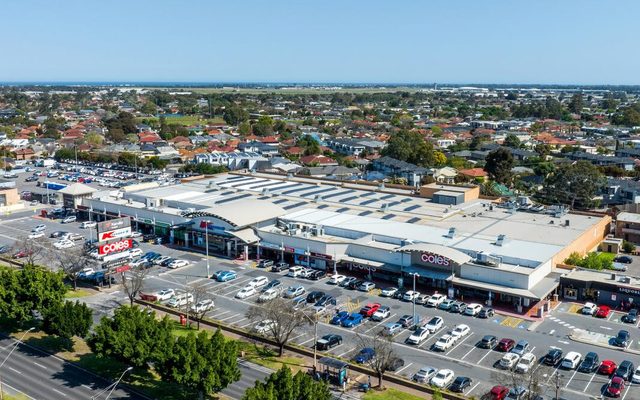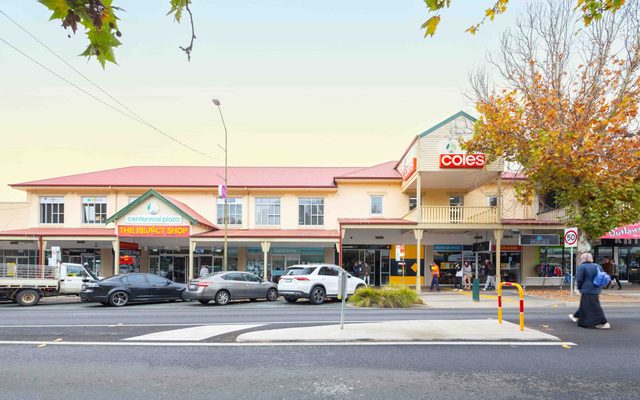This article is from the Australian Property Journal archive
SUB-regional centre yields have peaked, according to BIS Oxford Economics, and are set for a period of firming as the retail sector awaits the end of lockdowns in Sydney and Melbourne.
The firm’s Australian Retail Property: Key Points, State of Play & Outlook, shows retail transaction volumes have picked up this year after slumping from $9.4 billion worth of sales in 2017 to $4.9 billion last year, with $3.6 billion of assets changing hands in the first half of 2021.
The resurgence of sub-regionals, the “middle child” of retail was interesting trend also observed by Real Capital Analytics’ head of analytics Pacific Ben Martin Henry on Australian Property Journal‘s Talking Property podcast.
Regional centre yields only softened marginally in the period, to 5.7% on average, and sub-regional centre yields have peaked at 6.9%.
Meanwhile, neighbourhood centre yields reflect the strong investor demand for defensive assets and for the first time have firmed below sub-regional yields, averaging 6.3% with some sales achieving below 5.0%. Large format centre yields have also attracted attention and yields are also below the sub-regional sector, at 6.7% on average.
“Somewhat perversely, yields have stopped softening for regional and sub-regional shopping centres,” BIS Oxford Economics principal economist, property, Maria Lee said.
“Despite all the challenges and subdued NOI prospects, we believe regional/sub-regional yields will firm in coming years – although not immediately as investors are currently wary.
“The reasoning is two-fold. Firstly, the yield premium over the long bond rate had blown out prior to the coronavirus and there is some ‘latent’ firming from that source as the premium adjusts. Secondly, there is such a wave of investment funds looking for a home in property and the industrial sector – currently in strong demand – just isn’t big enough to absorb it all.”
BIS Oxford Economics forecast around a 40 basis point firming in regional and sub-regional yields to 5.3% and 6.5% in FY25, and expects the re-rating of neighbourhood centres to be sustained and yields to firm to 5.8%. However, rising bond rates will likely push yields higher from FY26 to 5.7% to 7.0%.
The more optimistic investment market – particularly for convenience centres – should see further yield firming and underpin 5-year IRRs of 6% to 8% across centre types.
“On this basis, capital values should record solid gains between FY23 and FY25 before a flat to falling (neighbourhood centres) profile to 2031,” Lee said.
Lee said downsizing struggling anchor and specialty tenants, negative leasing spreads, higher incentives and vacancies, and rising capex requirements to rework centres all contributed to the retail sector underperforming against office and industrial property over the past six years.
“Continued pressure from these sources combined with softening yields from FY26 result in 10-year IRRs of 4% to 7%.”
Lockdowns help rebound
Lee said the retail property market has once again been thrown into turmoil by lockdowns.
“This comes as a severe blow after a strong – but only partial – recovery from a tumultuous 2020 had got underway.
“Currently, the focus is on how long the lockdowns in NSW, Victoria and the ACT will last and how strong the subsequent rebound in shopping centre visitation and spending will be.
“Once the pandemic effects are worked through, we’ll return to the fundamental challenges facing retail, namely the threat from the growth of online shopping and changing consumer spending patterns (less on goods sold by traditional shopping centre tenants).”
The existential threat of online spending was growing by almost 80% year-on-year during the pandemic, and this is now a still-robust rate of almost 26%.
“With this in mind, it is somewhat alarming to calculate that if a growth rate of only 14% per annum is sustained over the next 10 years, that will be enough to absorb all of the forecast growth in retail turnover, i.e. there will be no growth available to the offline, or bricks-and-mortar, sector,” Lee said.
“Hence the reasons why landlords are working so hard to try to capture some rent from online sales that are processed or collected (through click and collect) in shopping centres.”
BIS Oxford Economics’ outlook comes in below that – the pace of growth will progressively slow to less than 10%.
“Even so, it will be a major constraint on shopping centre income growth,” Lee said.
BIS Oxford Economics forecasts a rise in online market share from 13% to 27% by 2031, and unless captured in click and collect this will leave in-store turnover growth 1.8% per annum weaker than aggregate turnover growth, i.e. at just 1.3% per annum.
“All this leads us to a very modest long-term outlook for NOIs – only 1.2%-1.3% per annum on average once they have recovered from the near-term setback.
“A solid rebound can be expected when restrictions are lifted, but the pandemic has done lasting damage to centre incomes and we expect it will take four to five years for pre-virus incomes to be regained in regional and sub-regional centres.”
Regional and sub-regional net operating incomes rose by 11% and 13% in FY21, albeit were 12% and 7% below pre-pandemic levels. Neighbourhood centres did not suffer a big loss in FY20 and saw a mild 3% fall. These figures do not take into account the Sydney and Melbourne lockdowns.
The more resilient neighbourhood centres will still suffer losses until FY23.




